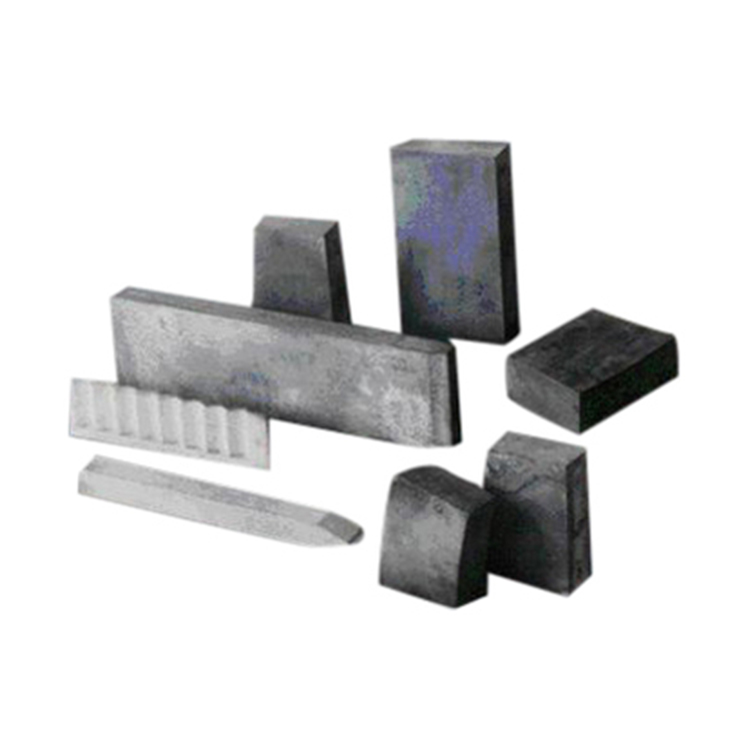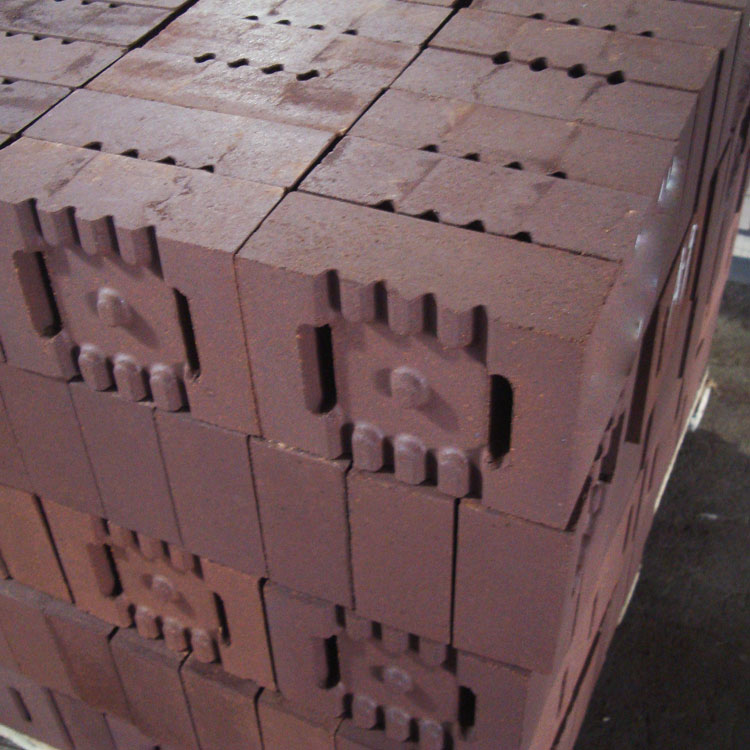
Steel producers frequently face the challenge of rapid refractory wear and high operational expenditure caused by repetitive repair of furnace linings. In environments characterized by rapid temperature fluctuations and harsh operational conditions, traditional high alumina bricks often fail prematurely, increasing downtime and maintenance costs. This article explores how mullite (red columnar) firebricks present a technically and economically compelling choice, significantly extending furnace lining lifespan while boosting operational efficiency.
Steel furnaces operate under severe thermal shock due to rapid temperature cycling. The frequent cracking and spalling of refractory linings necessitate costly shutdowns for maintenance and replacement, affecting production continuity and increasing total cost of ownership. On average, steel plants report refractory maintenance costs accounting for 15%-25% of their operational budgets, driven largely by breakdowns of conventional high alumina bricks under rapid cooling and heating cycles.
Mullite firebricks, with a chemical composition predominantly of 3Al2O3·2SiO2, possess a unique crystalline structure that imparts superior thermal and mechanical properties under extreme temperature swings.
| Property | High Alumina Brick | Mullite Brick |
|---|---|---|
| Cold Crushing Strength (MPa) | ≥ 50 | ≥ 75 |
| Thermal Shock Resistance (Cycles) | 20 - 30 | 45 - 60 |
| Creep Deformation at 1400°C (mm) | > 2.0 | < 0.8 |
The above data illustrates that mullite bricks deliver nearly 50% better cold crushing strength and double the resistance to thermal shocks compared to traditional high alumina bricks. Their low creep deformation drastically reduces dimensional changes during prolonged exposure to high temperature, ensuring structural integrity of the furnace lining.
One major steel manufacturer reported substituting their high alumina bricks with mullite refractory linings in their reheating furnaces. Over a monitoring period of 18 months:
These results align with published data from refractory industry leaders and academic research, emphasizing mullite’s role in enhancing furnace longevity under rapid temperature transitions common in steel production.
Mullite’s crystal lattice forms an interlocking network that maintains rigidity even during sudden temperature shifts. Unlike high alumina bricks, which consist mainly of corundum crystals prone to microcrack formation, mullite exhibits a robust anisotropic thermal expansion that minimizes internal stresses. This microstructure accounts for its exceptionally high resistance to thermal shock and low creep deformation, making it ideal for critical zones exposed to rapid heating and cooling.

Selecting mullite firebricks empowers operational managers to strategically reduce unplanned downtime and optimize maintenance schedules. The cost savings stem from less frequent repairs, lower refractory consumption, and improved fuel efficiency due to better furnace thermal stability. This translates into measurable improvements in productivity and competitiveness within the steel sector’s tight margin environment.

Embracing advanced refractory solutions like mullite firebricks is increasingly crucial for modern steel plants facing stringent environmental regulations and cost pressures. While initial material investments may slightly exceed traditional bricks, the lifecycle benefit and operational reliability justify the transition.
For steel plant engineers and procurement specialists aiming to deepen their understanding of refractory selection and maximize furnace performance, the Comprehensive Whitepaper on Steel Furnace Refractory Material Selection provides in-depth analysis, technical comparisons, and decision-making frameworks grounded in industry best practices and scientific data.



